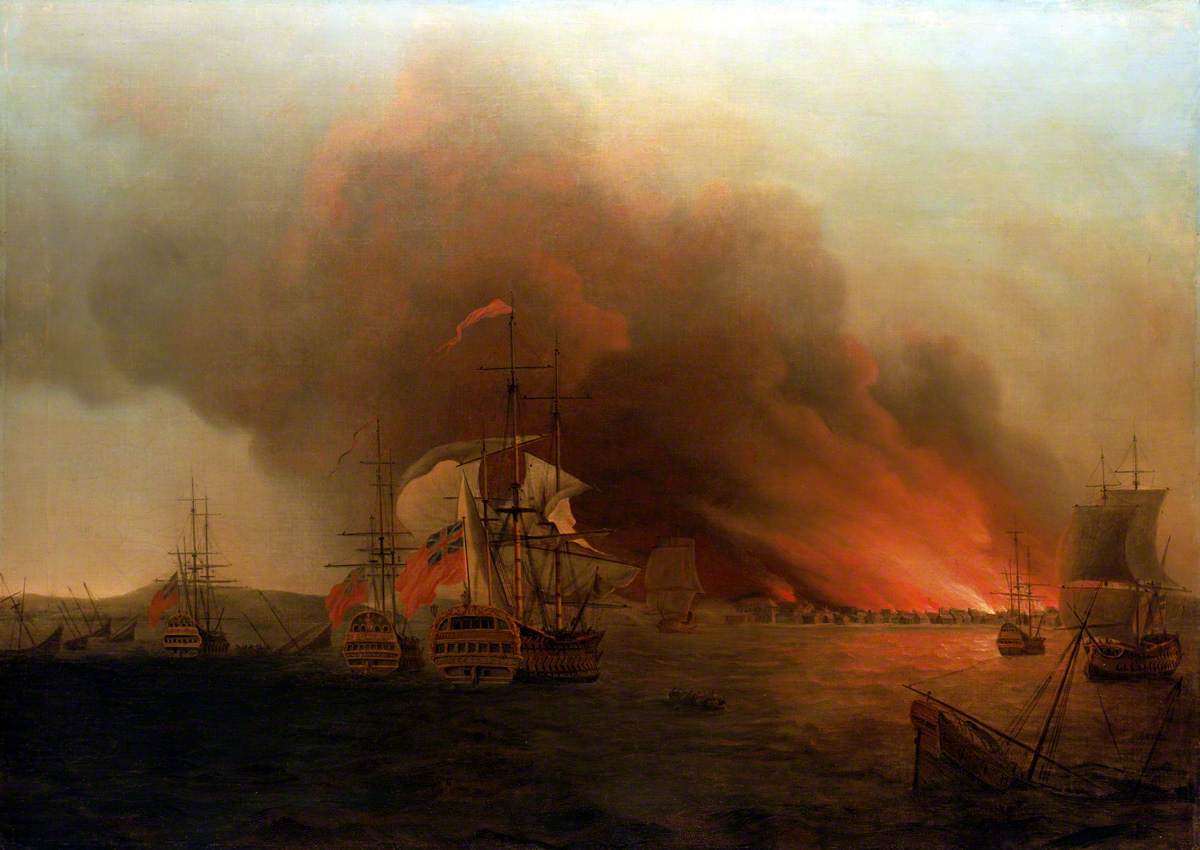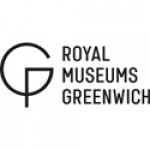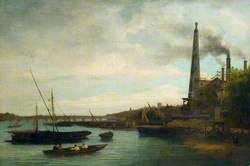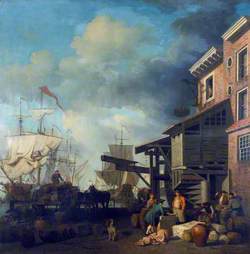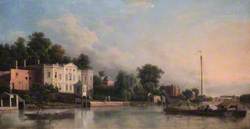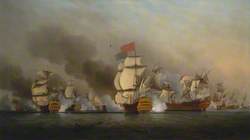How you can use this image
This image can be used for non-commercial research or private study purposes, and other UK exceptions to copyright permitted to users based in the United Kingdom under the Copyright, Designs and Patents Act 1988, as amended and revised. Any other type of use will need to be cleared with the rights holder(s).
Review the copyright credit lines that are located underneath the image, as these indicate who manages the copyright (©) within the artwork, and the photographic rights within the image.
The collection that owns the artwork may have more information on their own website about permitted uses and image licensing options.
Review our guidance pages which explain how you can reuse images, how to credit an image and how to find images in the public domain or with a Creative Commons licence available.
Notes
Add or edit a note on this artwork that only you can see. You can find notes again by going to the ‘Notes’ section of your account.
In 1740, while Britain was at war with Spain, Commodore George Anson led a squadron of eight ships on a mission to disrupt or capture Spain's Pacific possessions. Returning to England in 1744 by way of China he thus completed a circumnavigation of the world. During this trip, on 13 November 1741 Commodore Anson made a surprise attack on the Spanish town of Payta, on the coast of what is now Peru. Although the attack was successful, the Governor escaped and with him the chance of a ransom was lost. Anson threatened to burn down the town if he did not give himself up, but this was refused, and Payta was consequently set on fire on 15 November. This resulted in plunder of £32,000 and six vessels sunk in the bay. The painting by Samuel Scott was specially painted for Lord Anson after his return from his voyage and is based on an eye witness drawing by the ‘Centurion’s first lieutenant, Piercy Brett.
Title
The Burning of Payta, November 1741
Date
mid-18th C
Medium
oil on canvas
Measurements
H 98.5 x W 138 cm
Accession number
BHC0358
Work type
Painting
